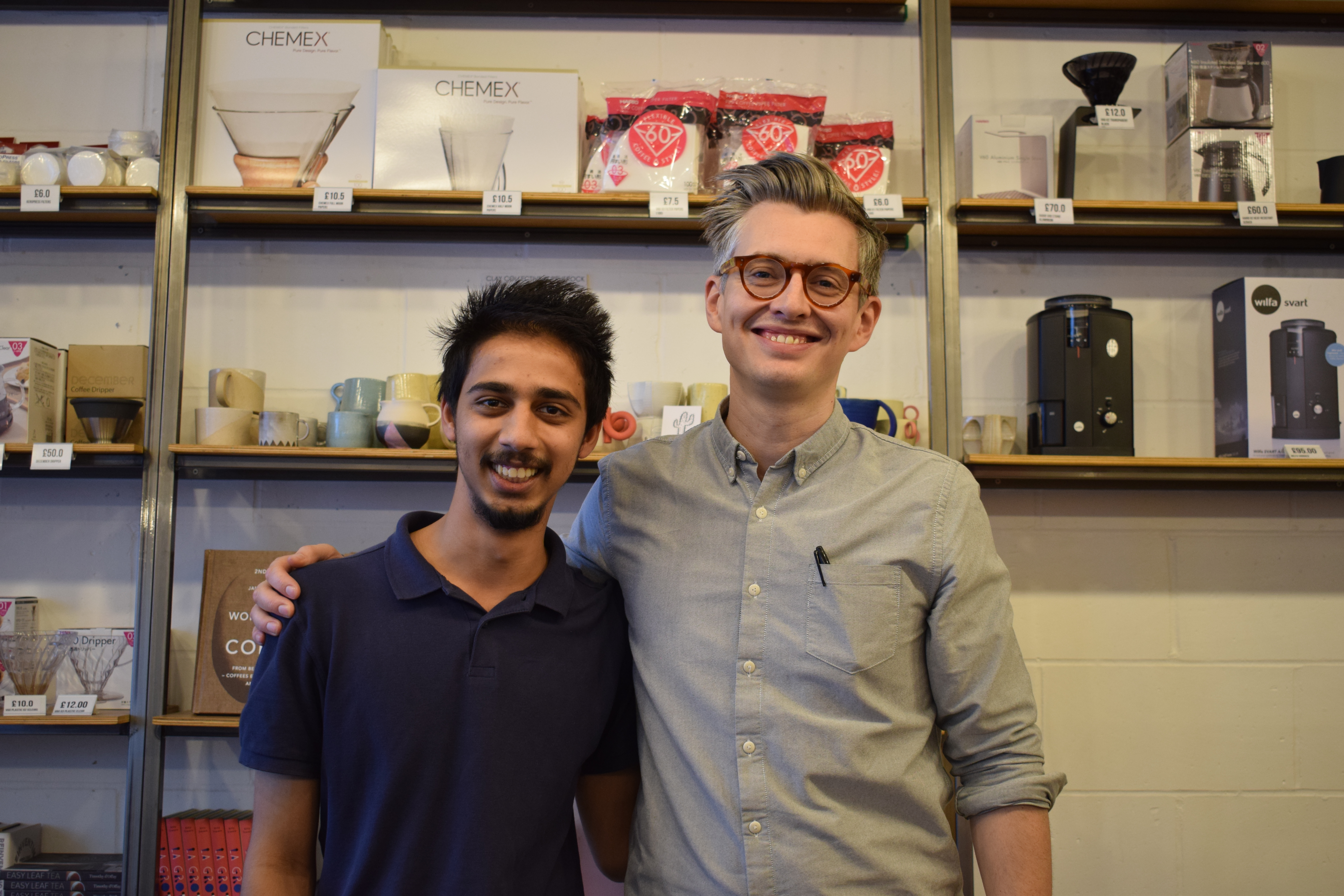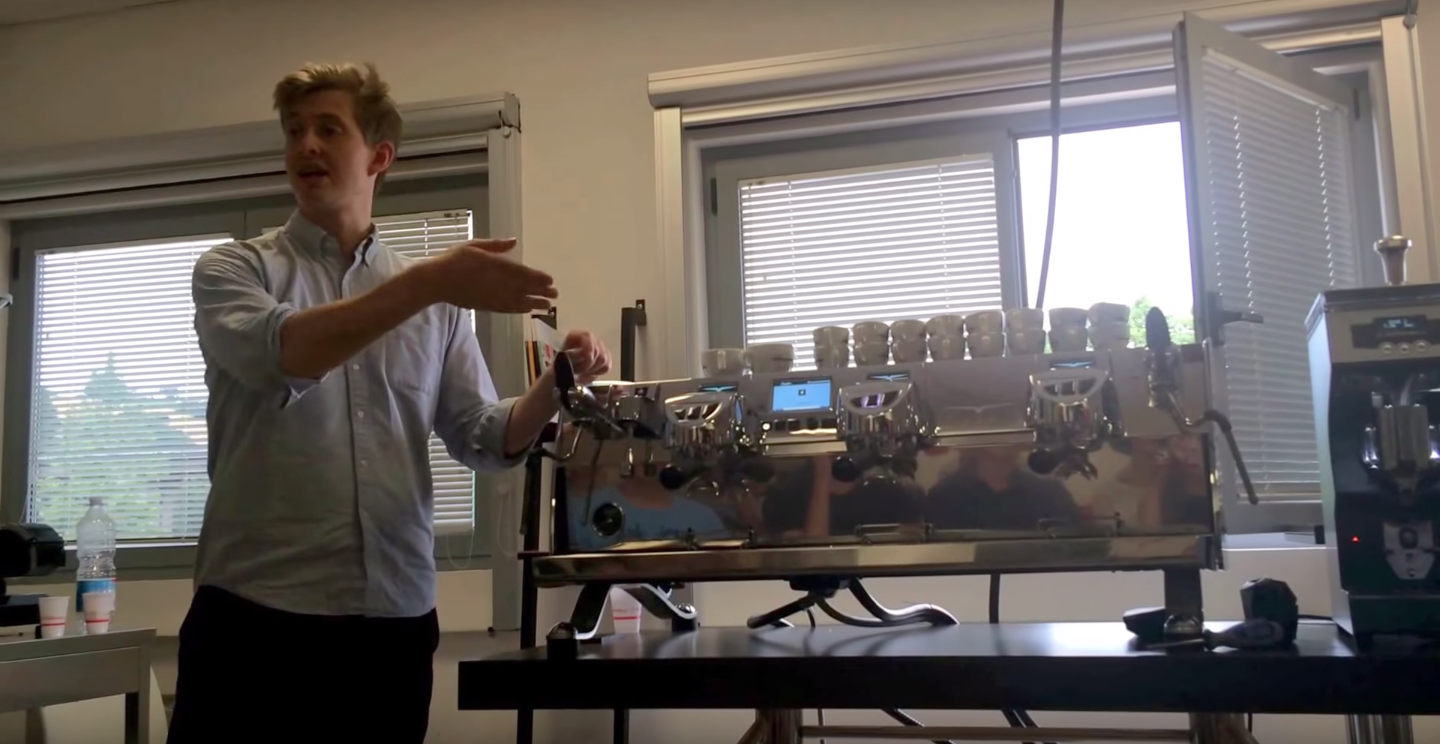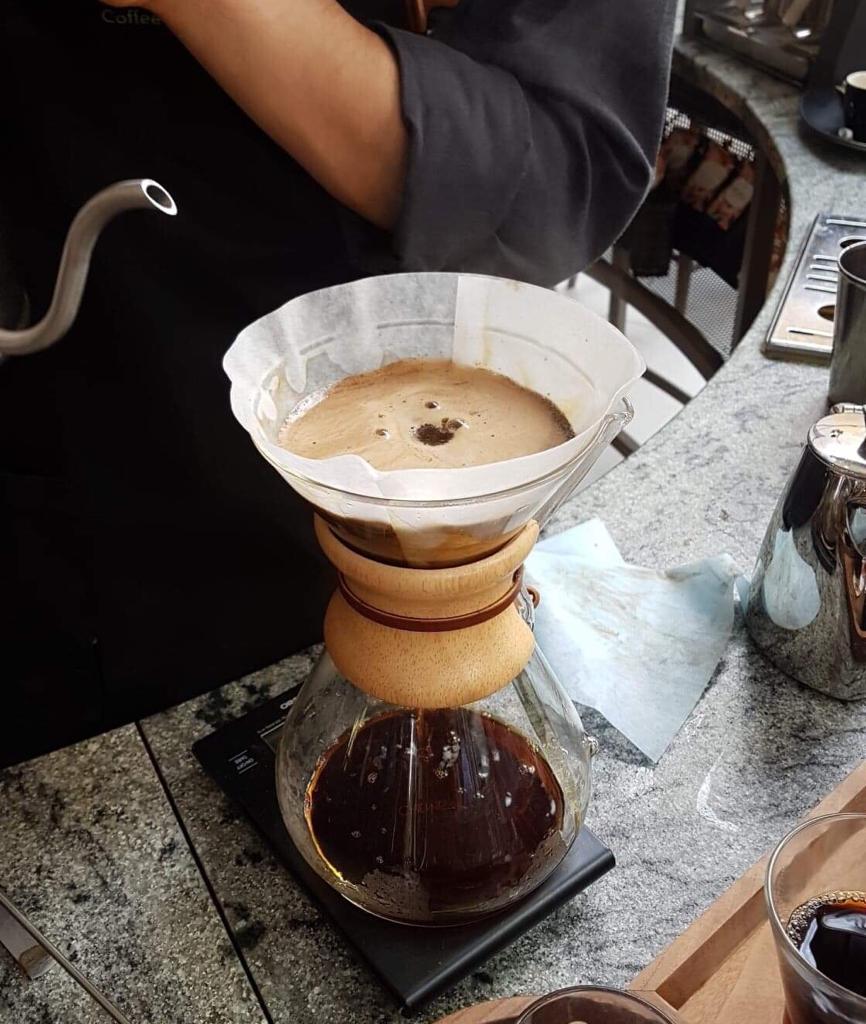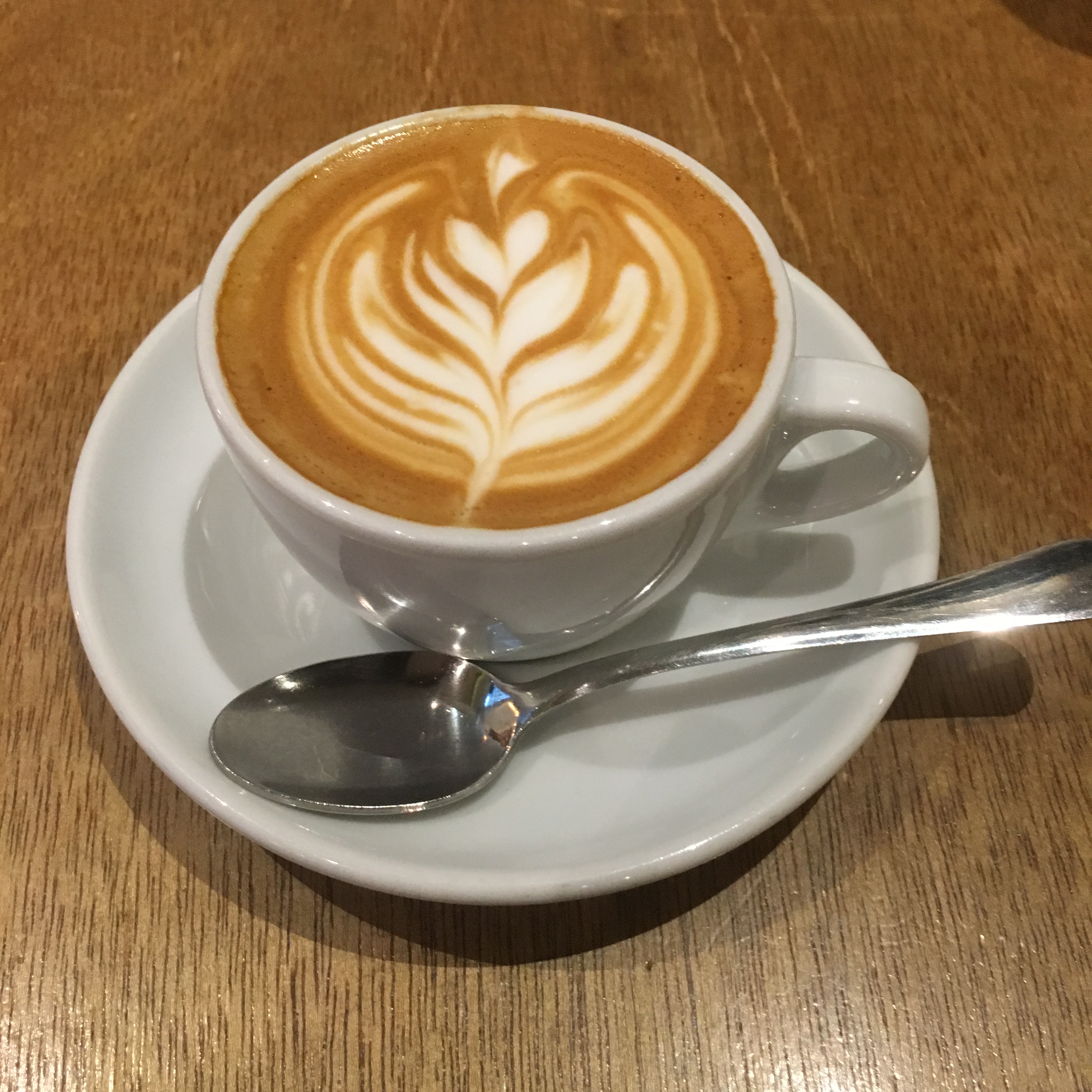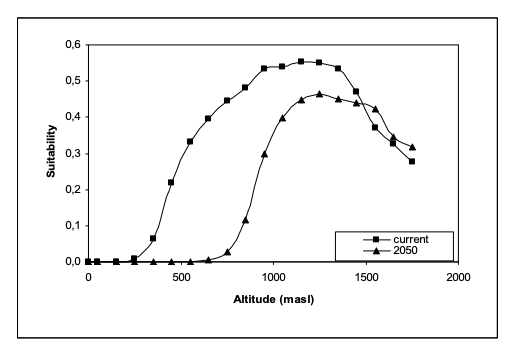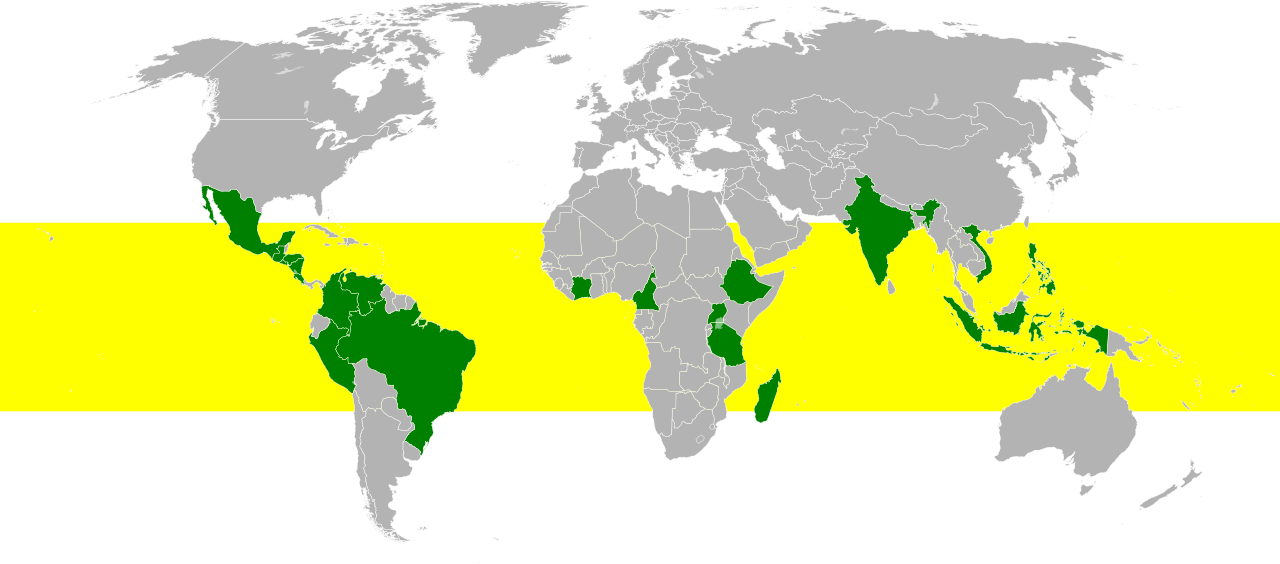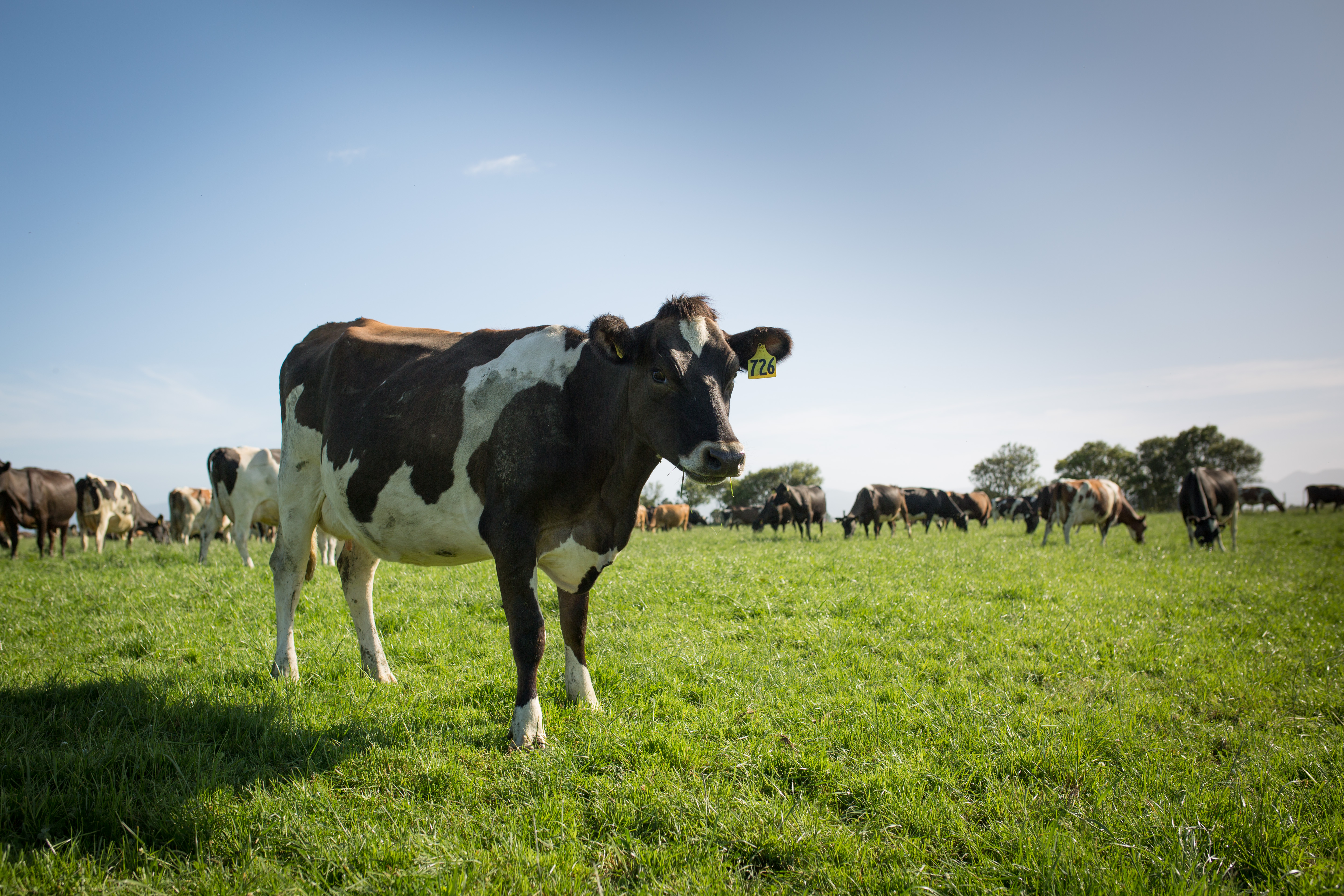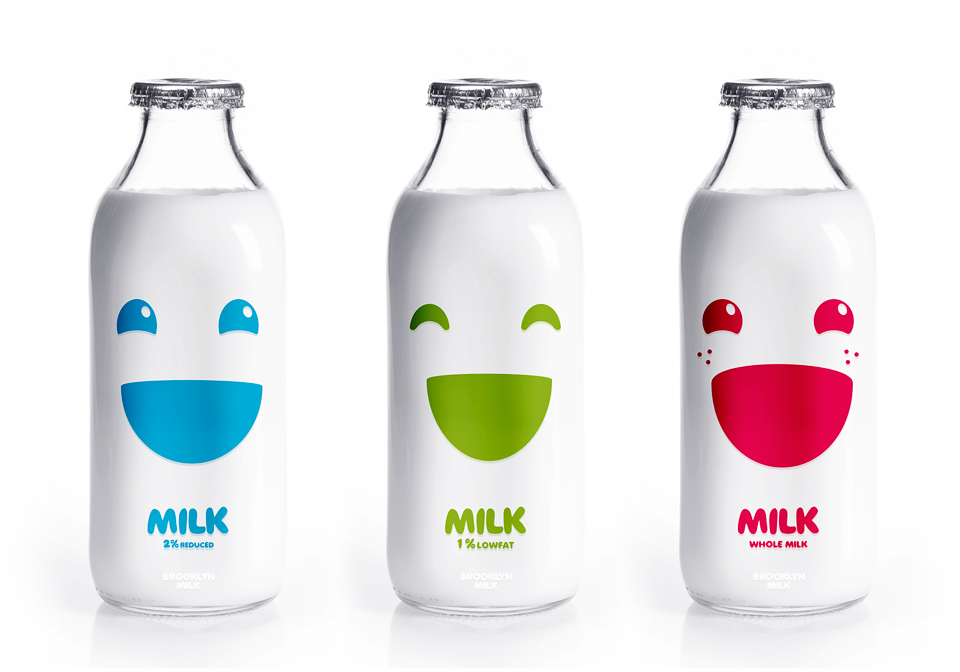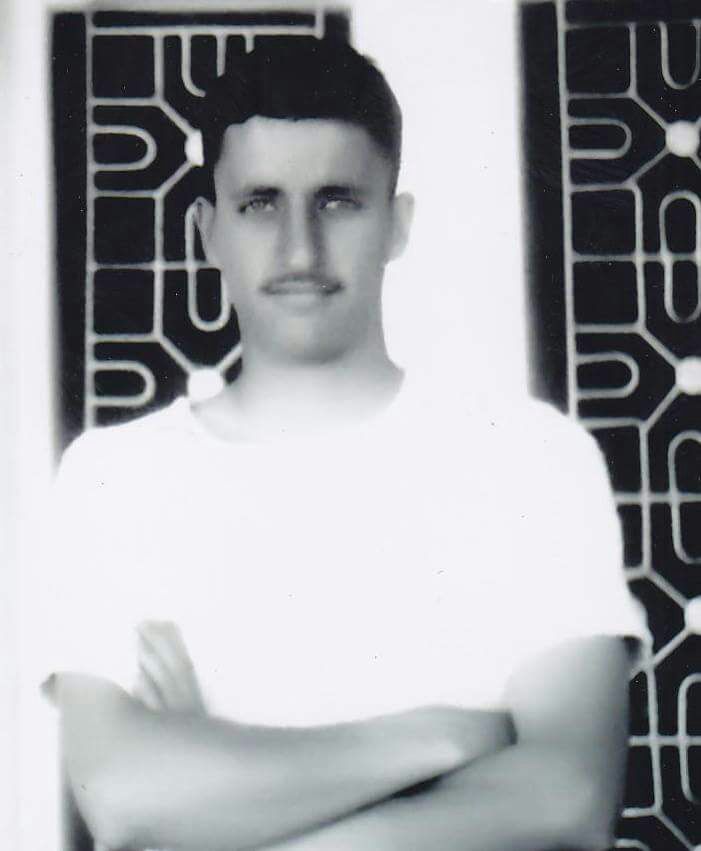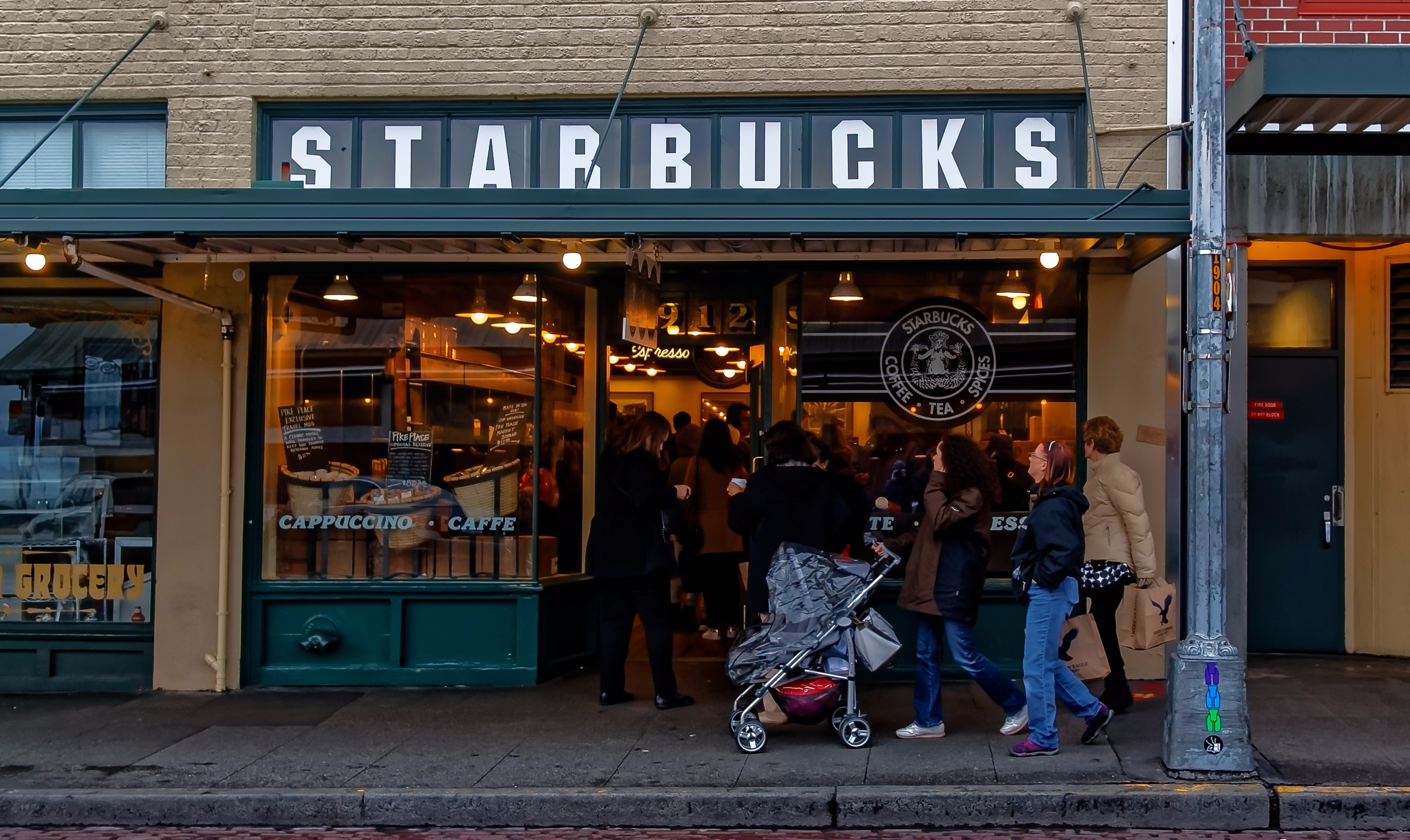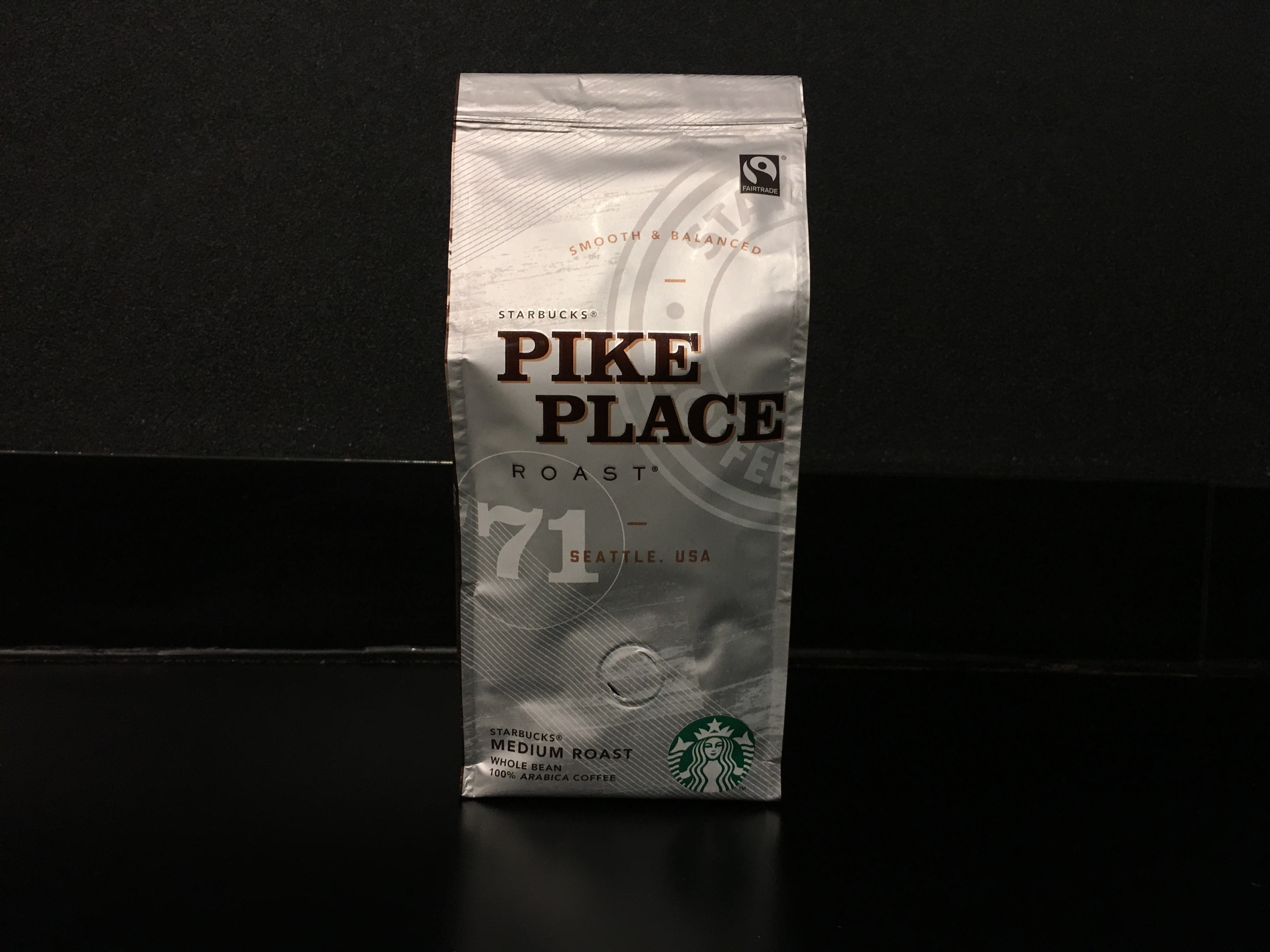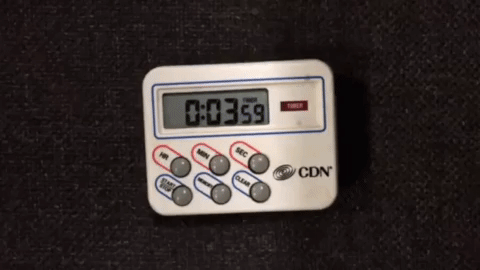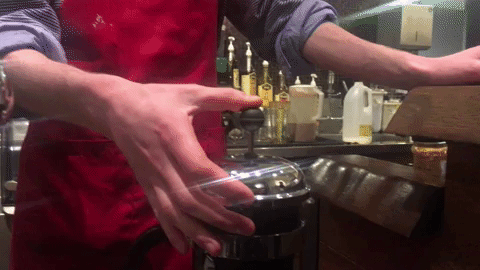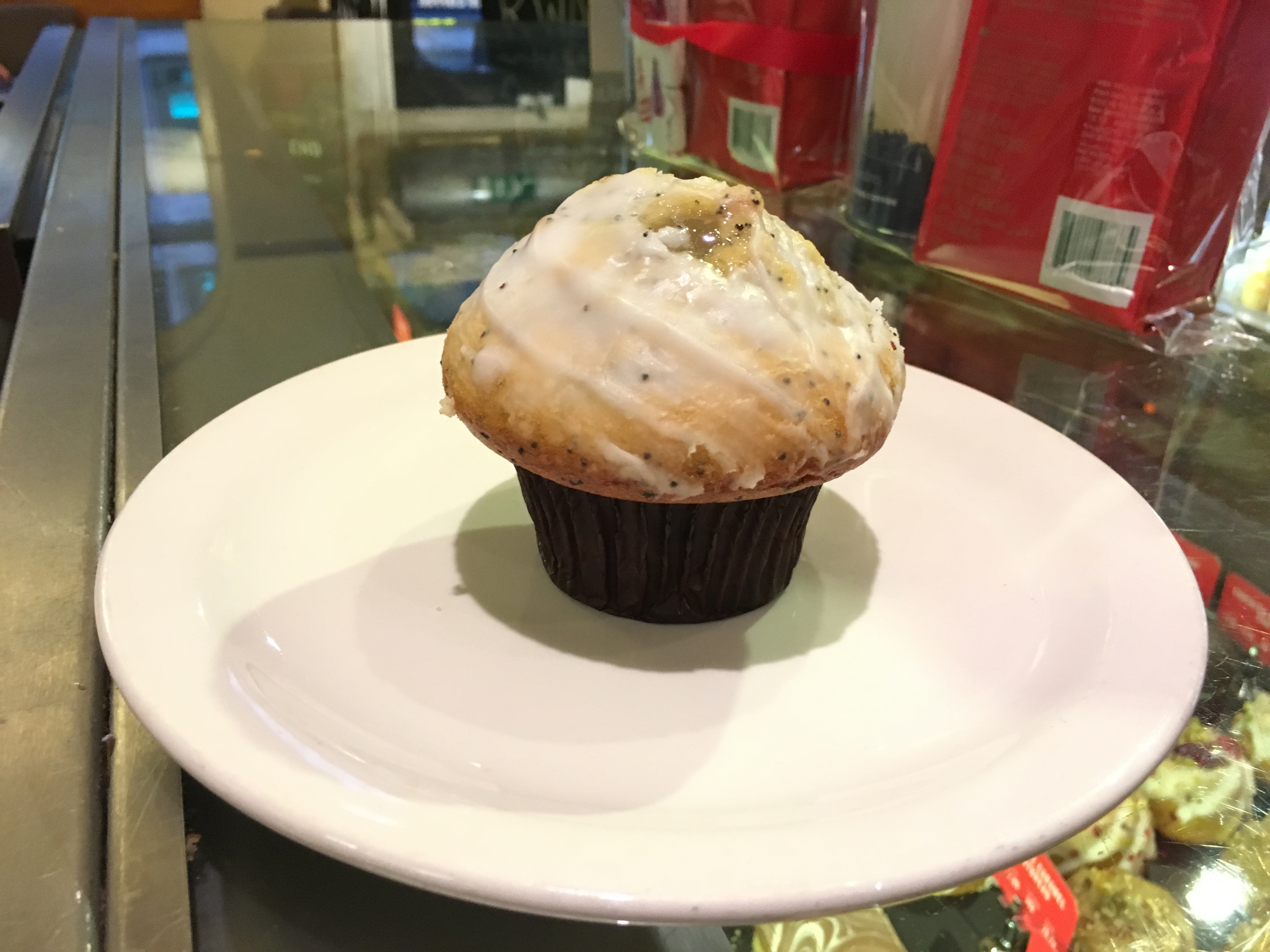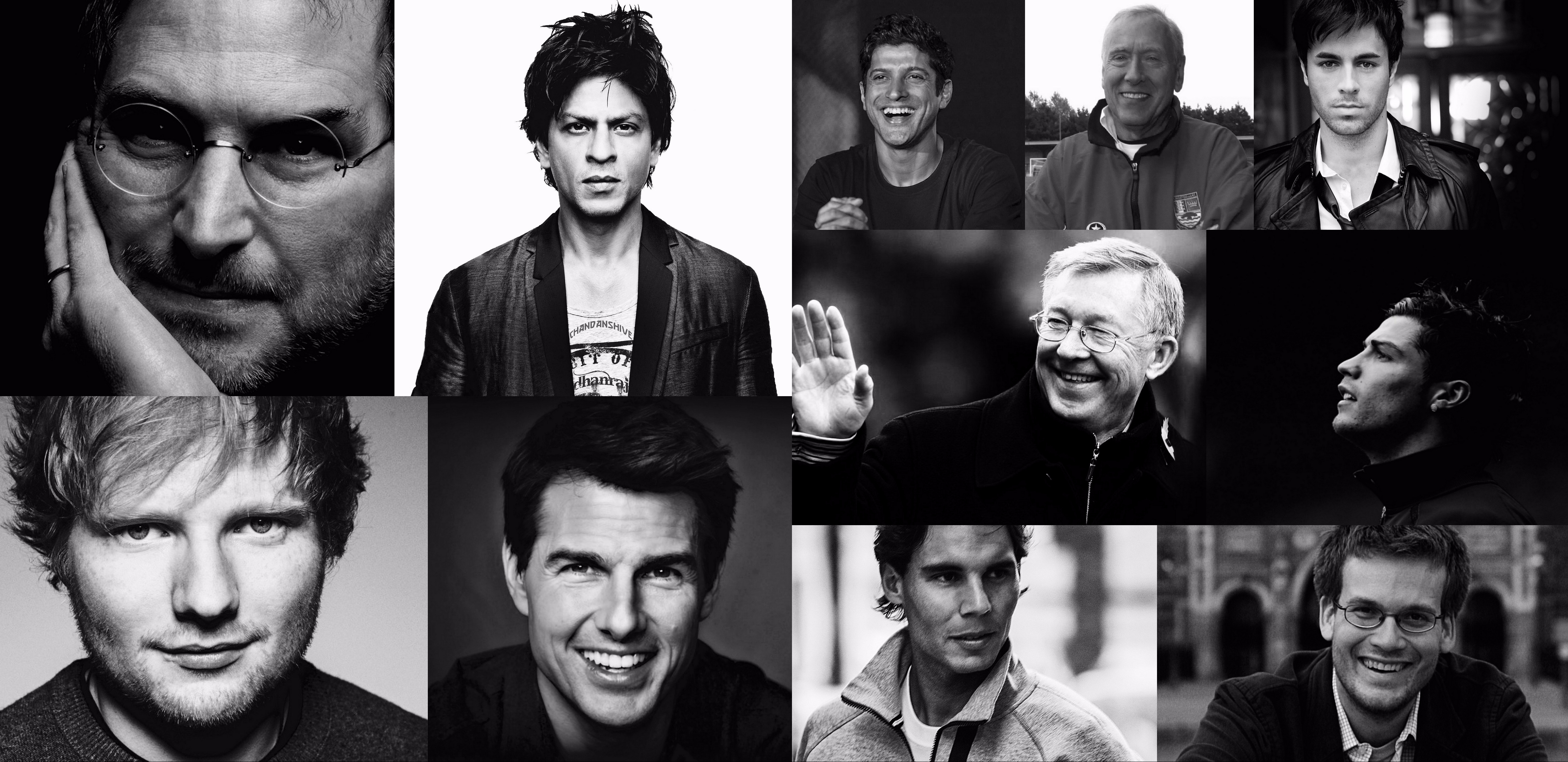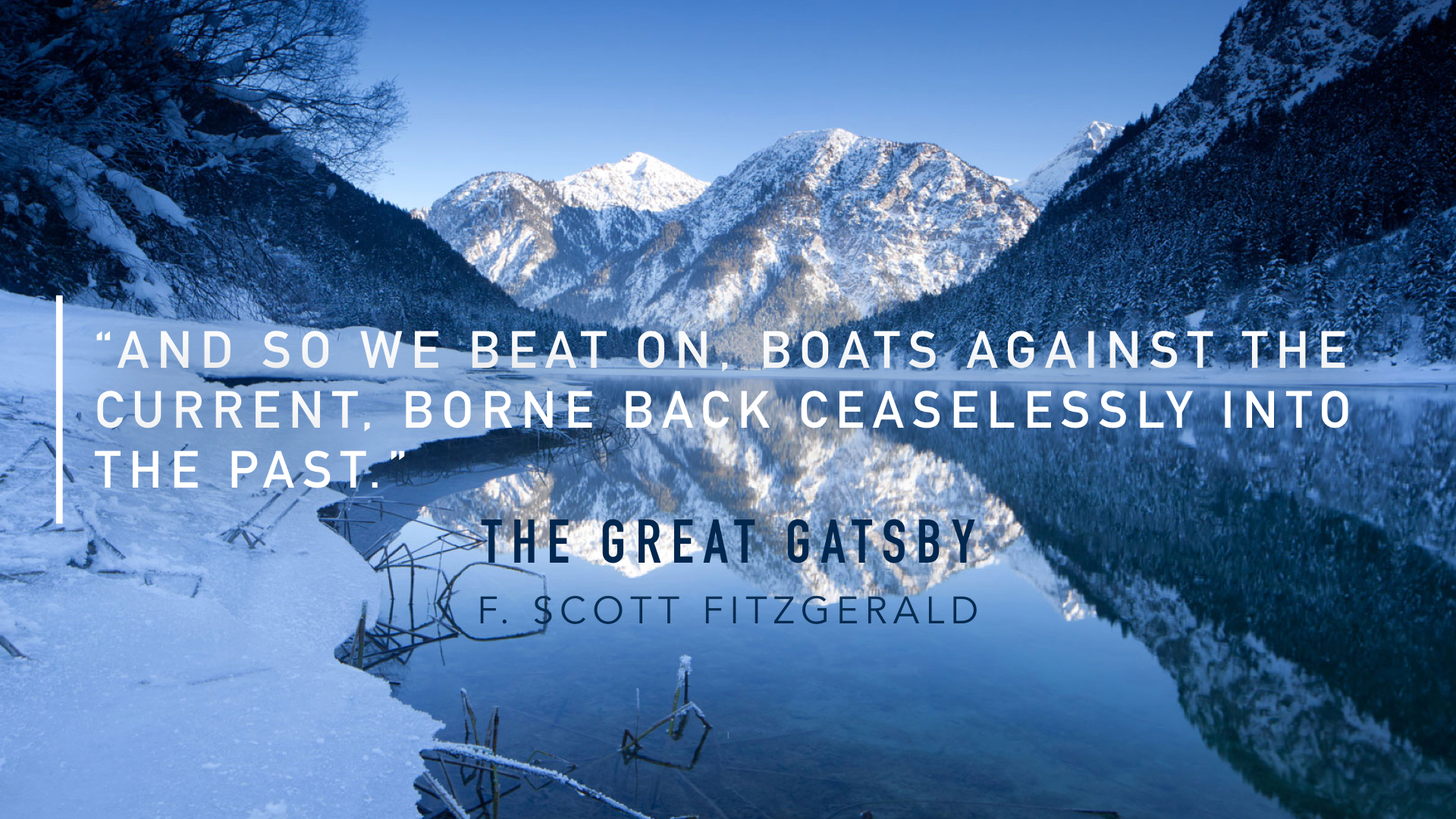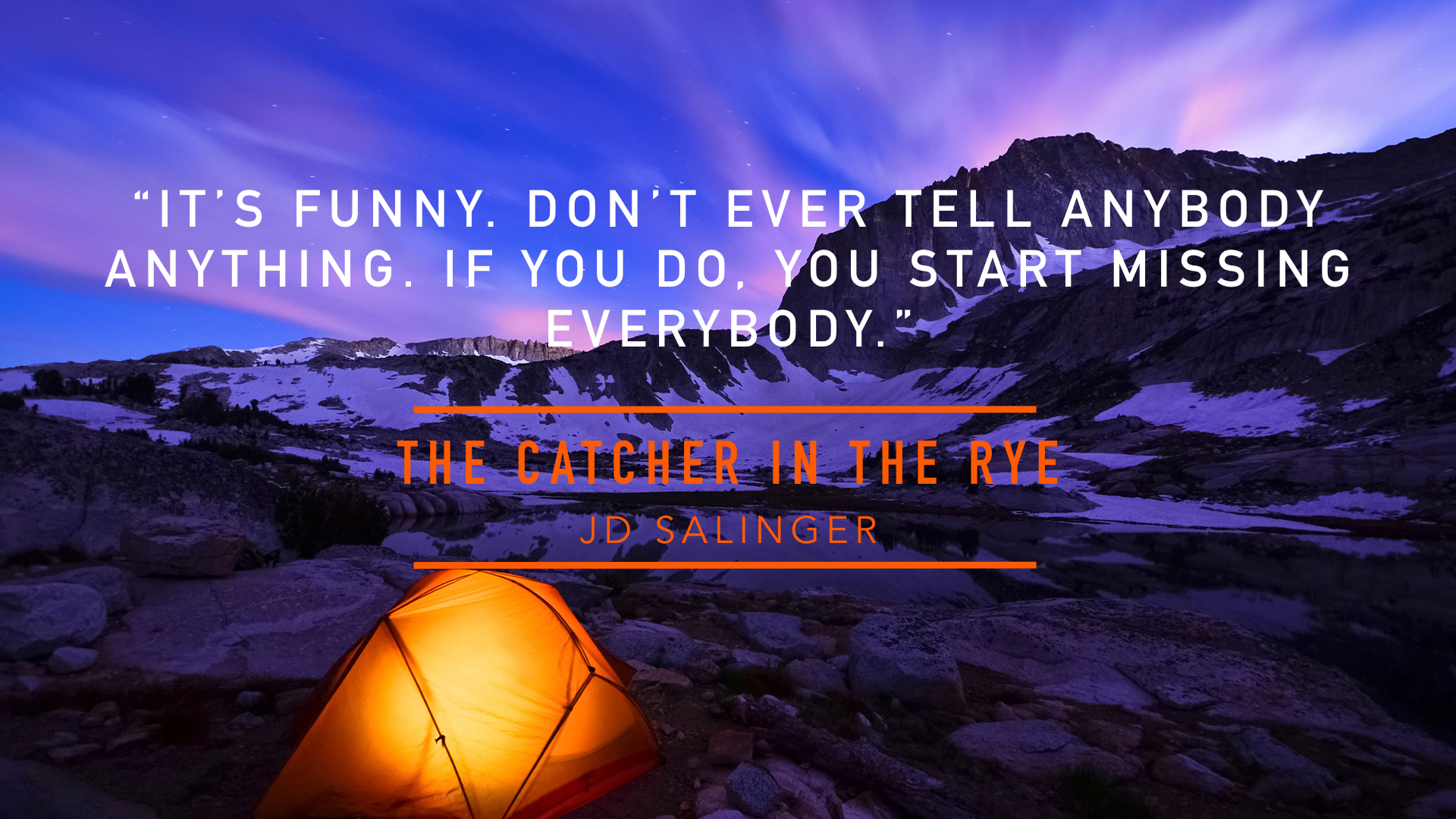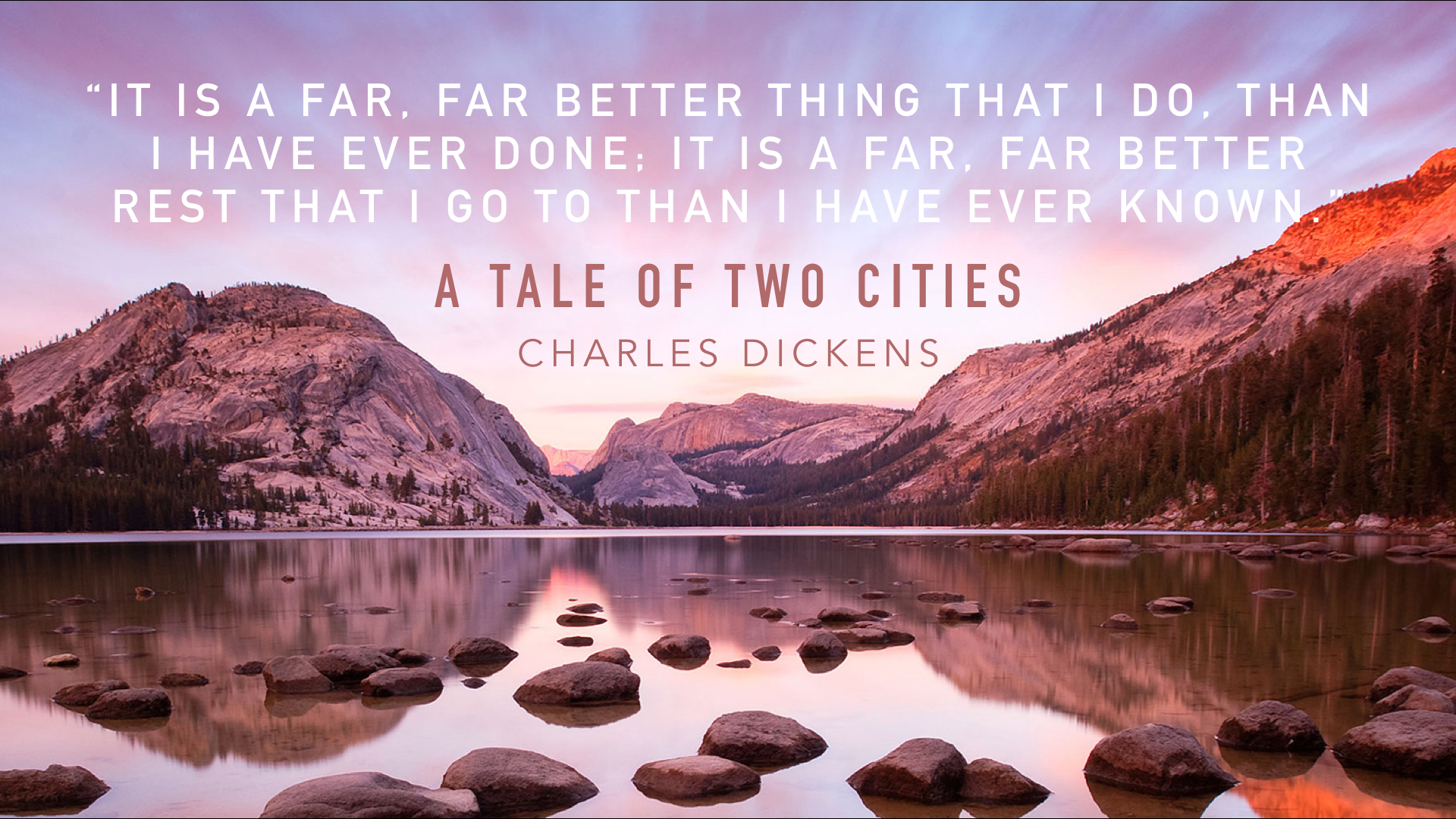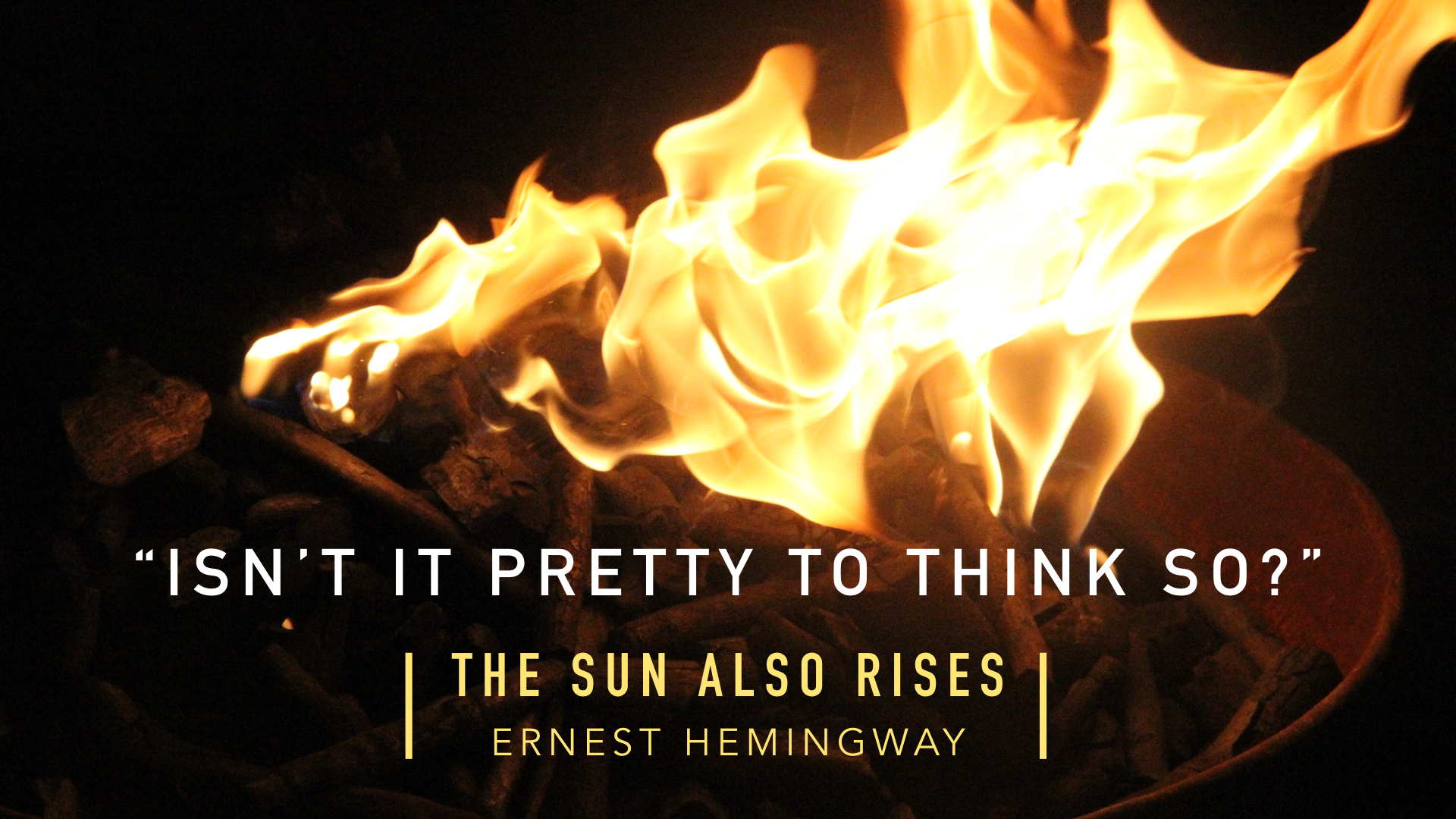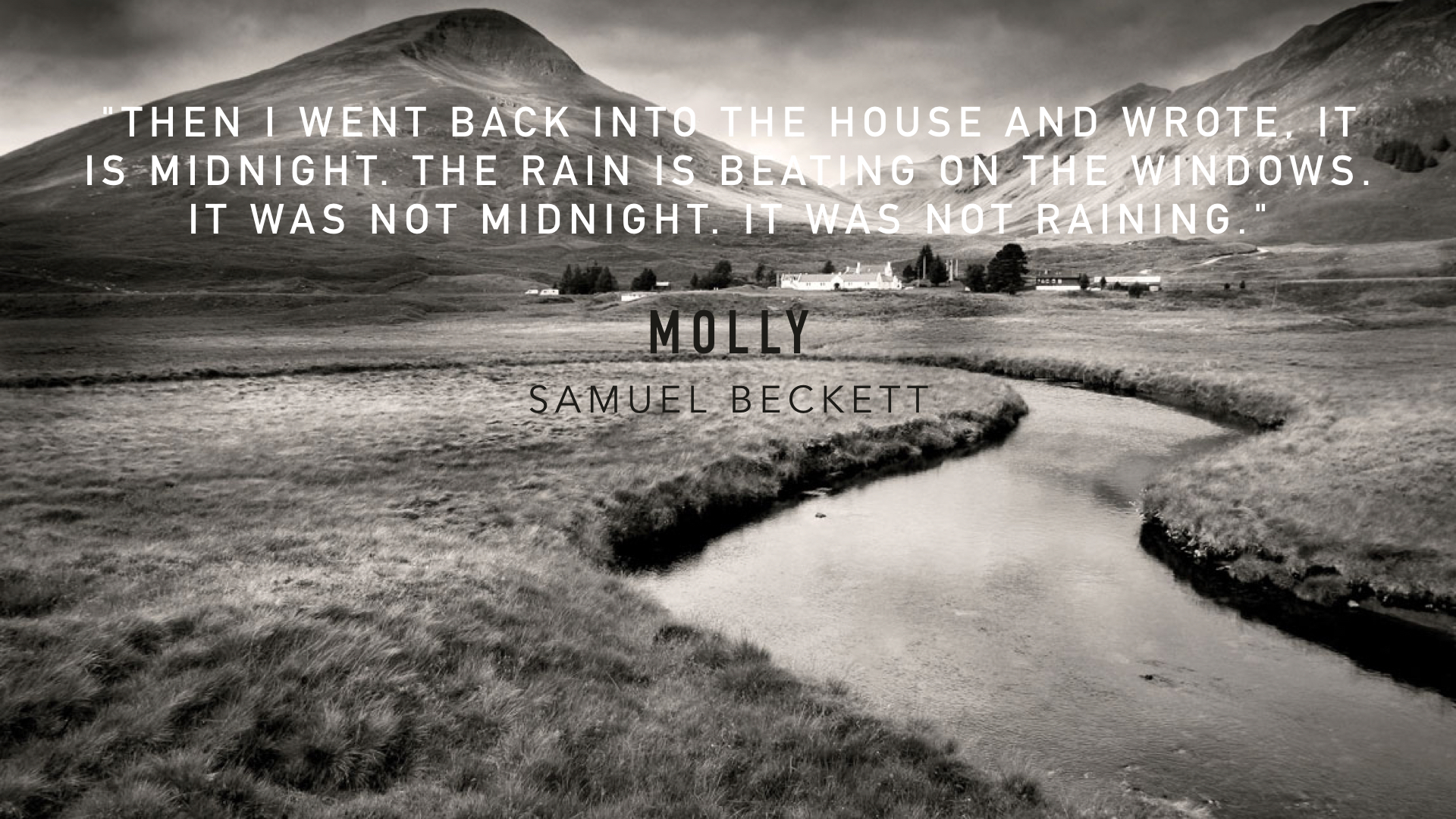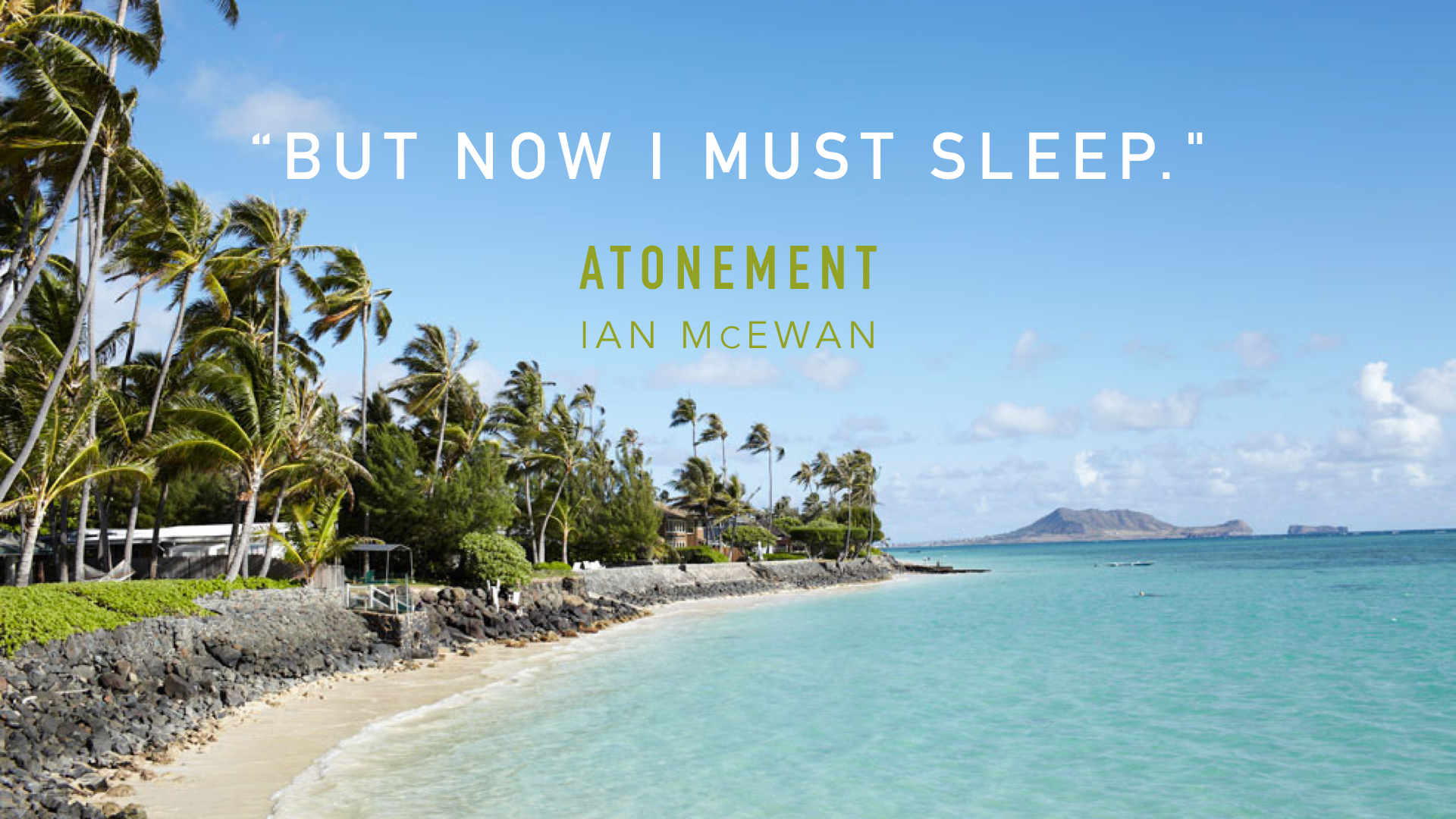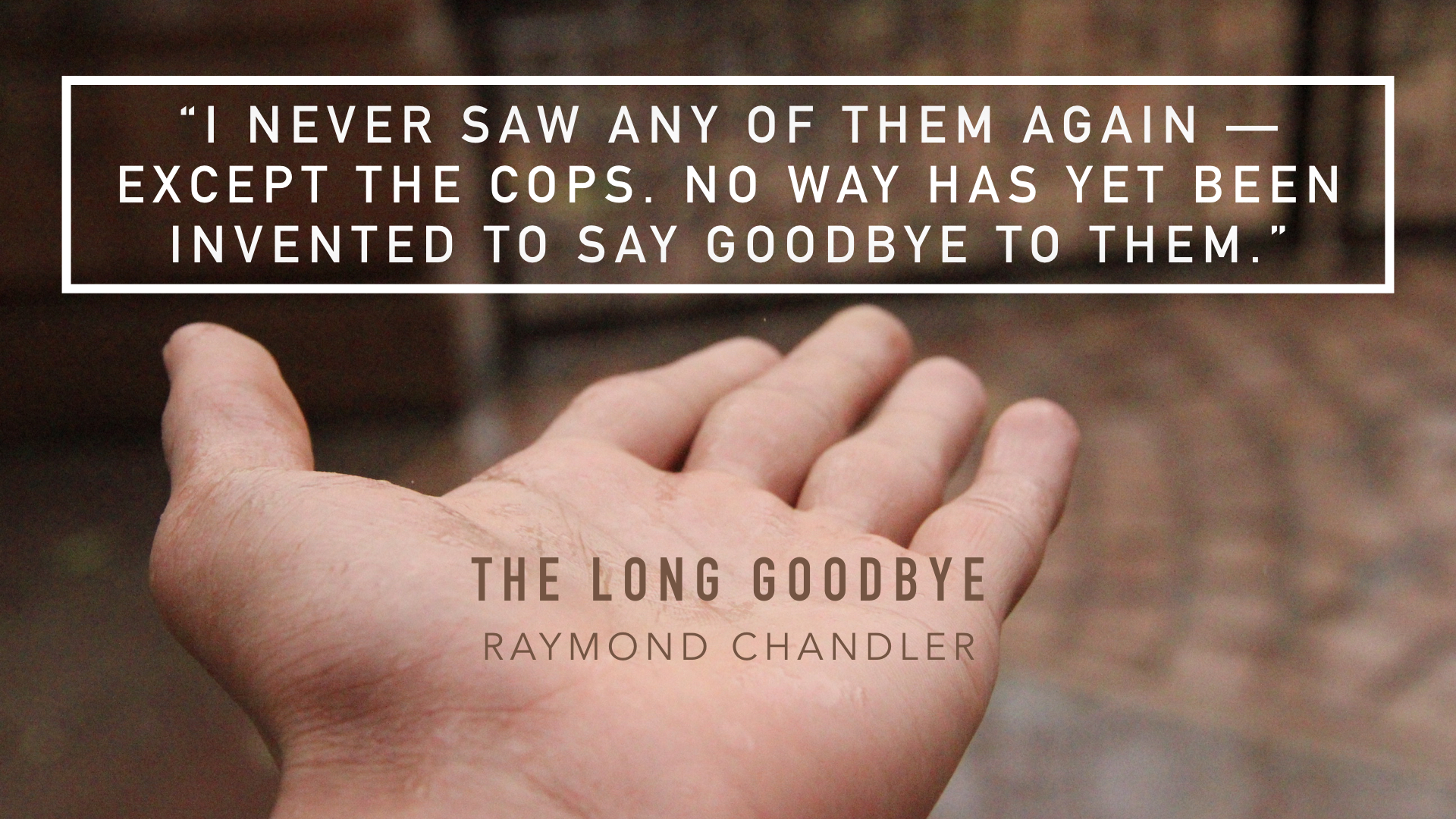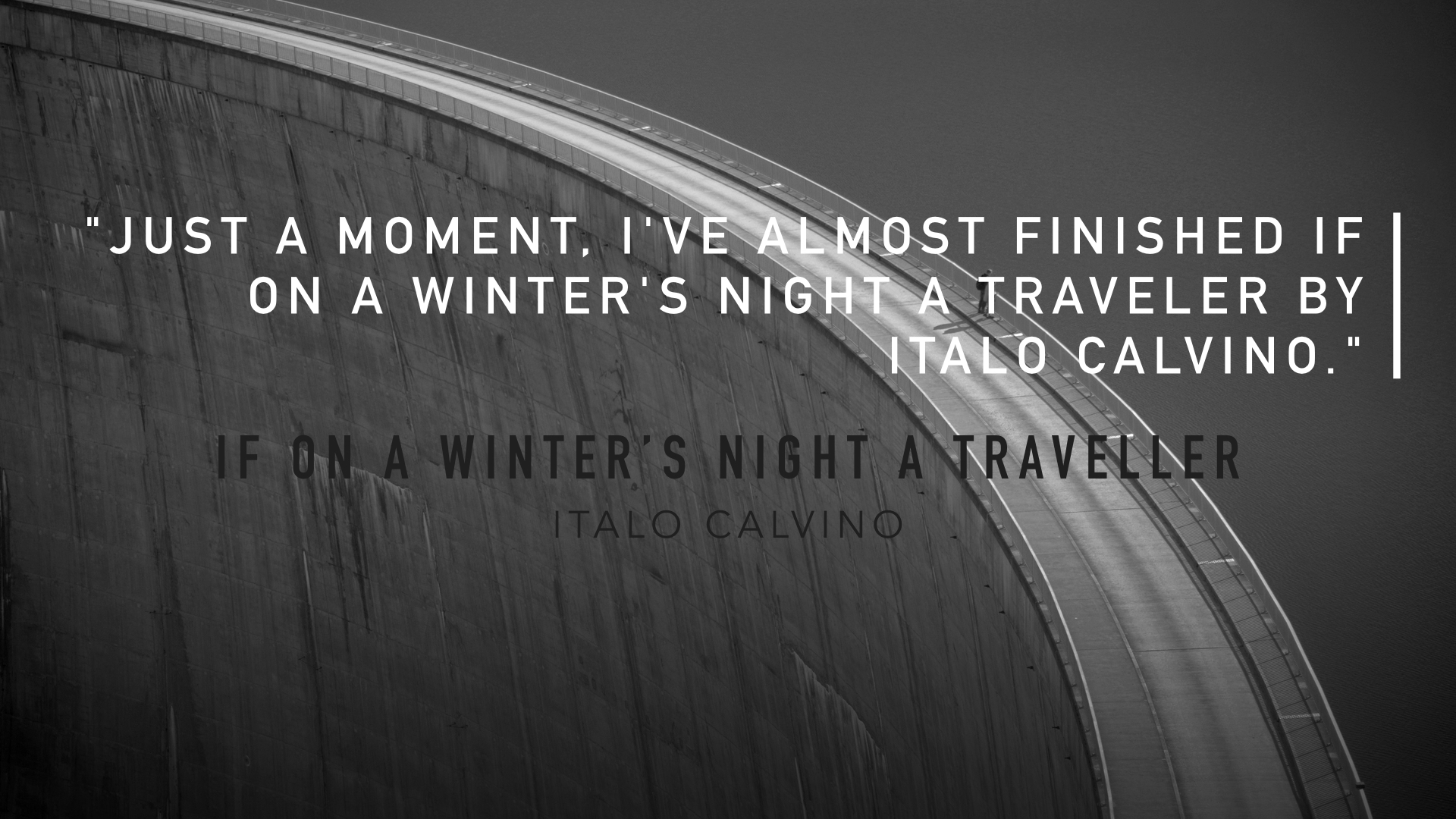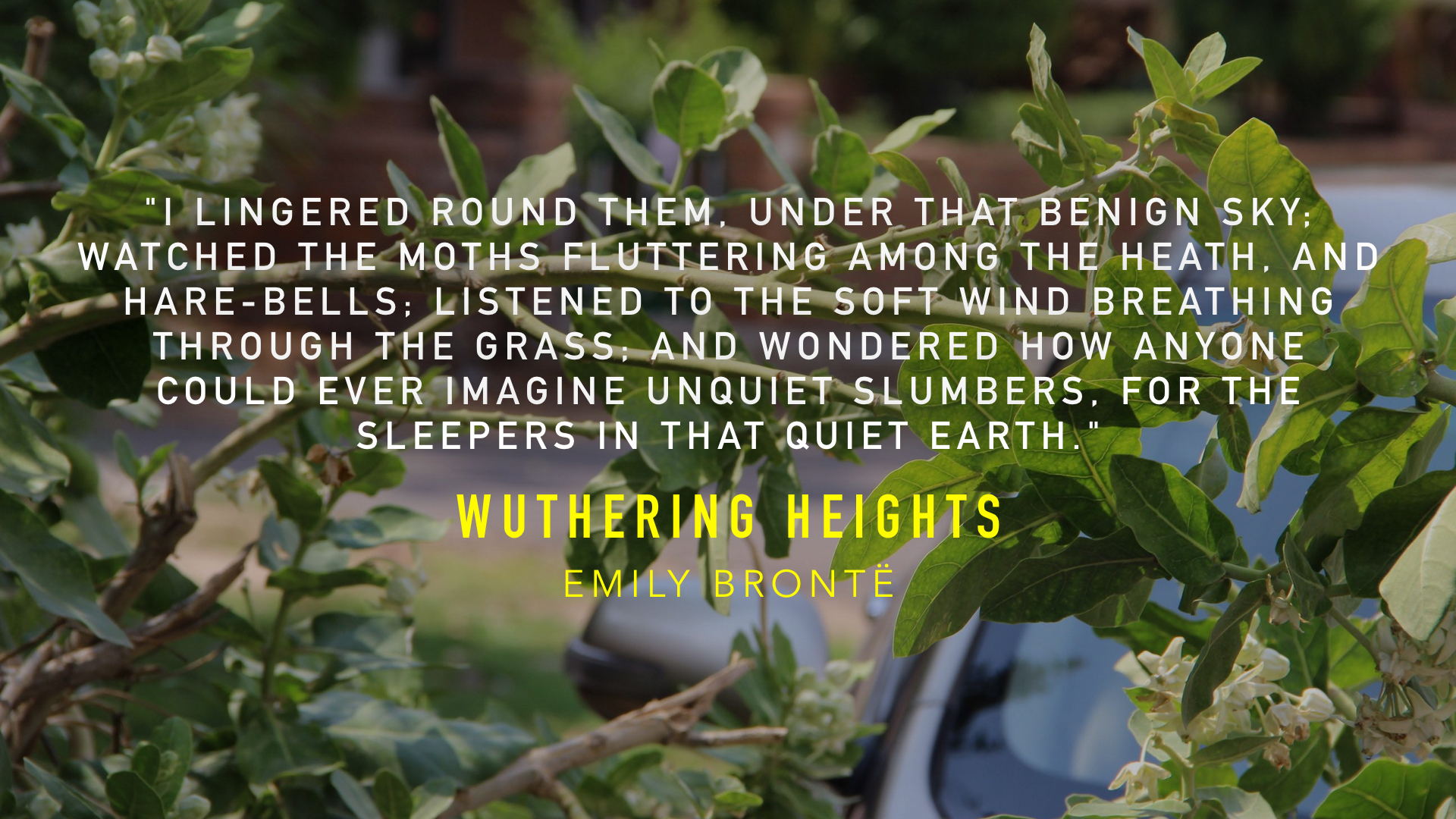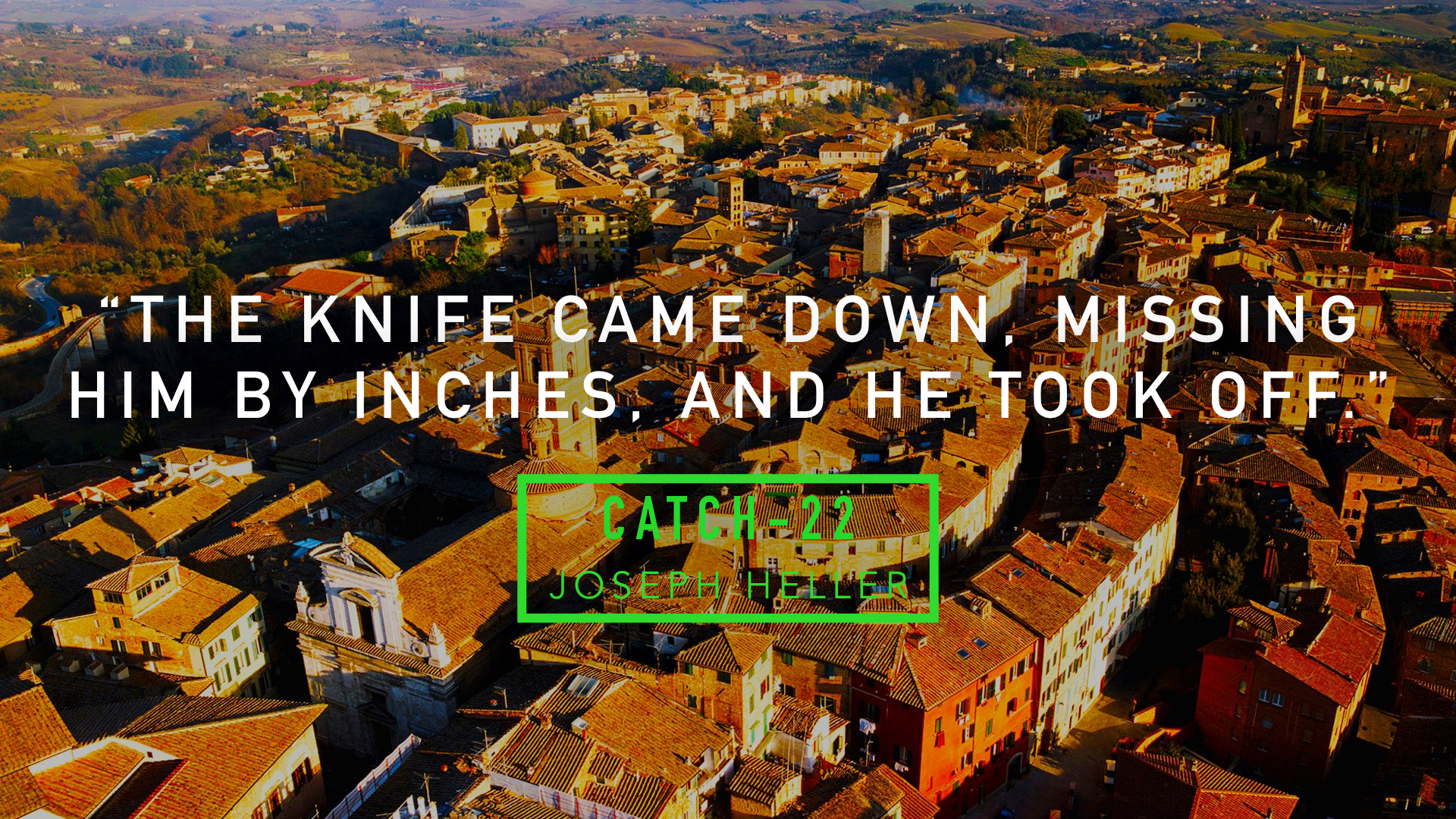
I’ve been annoying my flatmates lately. Every time we begin talking about places to go eat, I pull up my phone in nostalgia and show them photographs of food from a beloved eatery back home. It takes something special to be a restaurant revered by locals and tourists alike. Jodhpur, my hometown, boasts a number of palaces, each with its own rich history. To me, one stands out — not because of its stature as a former royal residence, but for its food: Bal Samand Lake Palace, home of the greatest dal makhani you will ever have.
Living in London, I’ve never quite had a good dal makhani. (Yeah, I’ve been to Dishoom.) I don’t know what it is, nobody has been able to live up to Bal Samand’s version. And it only got worse when I went vegan — this is a dish big on dairy.
Anyway, my weeks-long craving for dal makhani finally came to a head today. I’ve been trying to find the wildly aromatic urad (black gram) dal you need for this dish, but no British supermarkets stock it. Luckily, I found a local international grocer that blew me away. Alongside bags of rice enough to feed half an Indian wedding (that’s saying something) and the MDH spice mixes I grew up with, there was an array of practically every lentil and bean used in Indian cuisine. Even the black urad was available in three sizes (at least).
I gathered the ingredients needed and set out to recreate my Bal Samand memory. Over the past year, I’ve really been getting into food science and trying to use it to my advantage when cooking, so resources like Serious Eats and America’s Test Kitchen are go-tos. In March, I discovered Krish Ashok’s brilliant book, Masala Lab — essentially J Kenji Lopez-Alt’s The Food Lab for Indian cooking — and ever since I finished reading it, stalking his Twitter and YouTube for tips on Indian food has been a regular activity.
Through him, I also discovered Your Food Lab’s Sanjyot Keer. His nine-minute video on dal makhani is comprehensive and a compelling watch for anyone fascinated by this dish, its history, and how it differs from maa ki dal.
I washed and soaked the dal the night before. You usually need an overnight soak, but I was making my dal for dinner, so I let it go longer. It’s incredible how the black gives way to the green in the dal. The grains are practically unrecognisable from their soaked counterparts. And the best part? Their dormant fragrance seeped into the water, lending it that characteristic dal makhani aroma.
I put on some London Grammar and began cooking the dal in a standard stock pot, bringing it to a boil and leaving it to simmer. I didn’t put any salt in because I was using salted vegan butter in the dish. I did add some spices, as Ashok recommends. Black cardamom, cloves, cinnamon (a Ceylon bark because it’s the best) and a bay leaf. And for the life of me, I don’t know what role bay leaves — especially dried ones — play.
But I despise having to fish out spices once they’ve done their bit. Bay leaves are fine, but cloves? Not happening. So I fashioned a makeshift bouquet garni with Aeropress filters and coriander stems. I didn’t have a thread, and I knew if I used a herb stem, it would have to be one that goes with Indian cuisine, and, particularly, this dish, since it would contribute towards the flavour of the dal. Hence the coriander.

I didn’t use the rajma (kidney beans) because I didn’t have any. I had some leftover cooked black beans I planned on adding to the mixture directly. I know that’s not “authentic”, but authenticity in food is a sham and please move on. In the end, the beans actually slipped my mind — and I discovered I prefer a beanless dal anyway.
The technique for the tadka is to use pastes for your aromatics. The more you break them down, the more flavour they release. I was only making two servings, so blending half an onion, a couple of cloves of garlic, a bit of ginger and a few chillies would 1. not be feasible and 2. be a nightmare to get out of the blender (I don’t have the small spice grinder Indian households do.) So I decided to mince my way through them, getting them as fine as I could. Storing my onions in the fridge and using a sharp knife have kept my tears at bay.
I did puree the tomatoes though (in my case, a can of chopped tomatoes and some tomato paste) because the gravy needs to be completely smooth. That went into the pot with some turmeric and chilli powder. The idea is, you reduce everything into an aromatic tomato paste, which you then mix the dal with.
You can either add the dal to the tomato mixture or vice-versa. I prefer the former, because that way, the water with the dal helps deglaze the pan and mop up all the fond collected at the bottom. I layered this with some cumin, coriander powder, and amchur (dried mango powder), as Ashok does.

So, the vegan bit. Dal makhani essentially means buttery dal. So using vegan butter was crucial — and London, thankfully, is rich in variety there. I got a block-style butter (which is weird to me, because in India, salted block butter is usually the only butter you find), and it happened to be salted. There will be a day when I make a vegan white butter — the secret ingredient that elevates every Punjabi dish — but for today, this sufficed.
I added the butter in two stages. The first was when I mixed the tadka with the dal. I left that cooking for about an hour, which is when I worked in more butter, to help it finish off with that classic buttery flavour.
The other dairy component is cream, which is mixed in at the end, off heat. Coconut cream/milk is out — that will make it taste like coconuts and ruin all the hard work. I’d have loved to use oat cream, but my local store only had soy, so I went with that.
I tasted it just out of curiosity — I’ve been pushing myself to taste everything I cook with. It had the mildest flavour of soybeans, but had a thick mouthfeel and was surprisingly white in colour. Honestly, it worked out really well. I also didn’t know how much cream to add, so I checked a few recipes and found a common amount. I’m a stickler for following recipes to a T, but Indian cooking is very much the antithesis of exact measurements, and I’m trying to learn to let go of that.
Now, I’ll be the first to admit that plant-based dairy has a long way to go, and butter and cream substitutions don’t taste the same. But I sacrificed that when I made the decision to go vegan anyway. Plus, fermentation-based dairy — using yeast to mimic dairy molecules that render milk that is vegan but not dairy-free — will soon be a thing, and all your prejudices would go away.
Traditionally, dal makhani is cooked on a tandoor for hours on end, which helps the dal develop that wonderful smoky undertone. I don’t have access to the equipment to do that. And I couldn’t do the dhungar method, which involves placing a hot piece of coal over the dish, pouring ghee over it, and covering the pot. My smoke alarm — and, consequently, flatmates — would be pissed if I did that.
So I did the next best thing. Liquid smoke. A few drops added 10 minutes before finishing meant it wasn’t too strong, neither too muted. And oh, while shopping for ingredients, I’d found my local supermarket started stocking smoked garlic, so I used that at the beginning.
I also plopped in some sugar with the liquid smoke. Just like you add salt to most of your baked goods, you should add sugar to your savoury dishes. It’s all about the balance. Ashok recommends using gur (jaggery). But I didn’t have it on hand, so I used muscovado sugar (khandsari in Hindi), which is a close cousin and of which India happens to be the world’s largest producer. This was followed by a sprinkle of garam masala and kasuri methi (dried fenugreek leaves).
That was it! I topped it with some coriander because I, fortunately, genetically love it. I was going to serve this with naan, but by the time I started cooking, it wouldn’t have had enough time to rise — and I didn’t want to do a baking powder-leavened naan. So I (unsuccessfully) attempted some garlic butter laccha parathas, because duh. They complemented the dal wonderfully.
As for the dal makhani itself, it exceeded my expectations. I’m not going to say it was the same as Bal Samand. Of course not. But it came pretty damn close. I think I added too much cream, and in hindsight, I should have poured it bit by bit, tasting as I go. Lesson learned.

When I make this again, I’d use fewer tomatoes — maybe around half a can — so the flavour of the dal shines more. And I would probably do away with the turmeric, which makes it taste a little like rajma (kidney bean broth). The smoked garlic didn’t work. I think its subtle, oak-smoked flavour is meant for dishes where garlic is a major component, not a mere building block.
But the vegan butter really shone through. It made the dal taste buttery in the best way, even if the butter didn’t taste like its dairy counterpart on its own. Also, isn’t seeing cubes of butter melt when dropped in a hot dish just an absolute delight?
I’m not foolish enough to attempt to write a recipe here. There are people way more knowledgeable and experienced than me to do that. I’m just here to share my experience and hopefully help inspire you to experiment in your kitchen. I’m a vegan Indian who grew up eating the best dal makhani in the world, and all I did was try and replicate it in a very non-traditional way.
It did make for an almost-perfect Saturday evening. The only things missing? Family, paneer tikka, and Bal Samand’s bonfire. But the dal took me home anyway.
